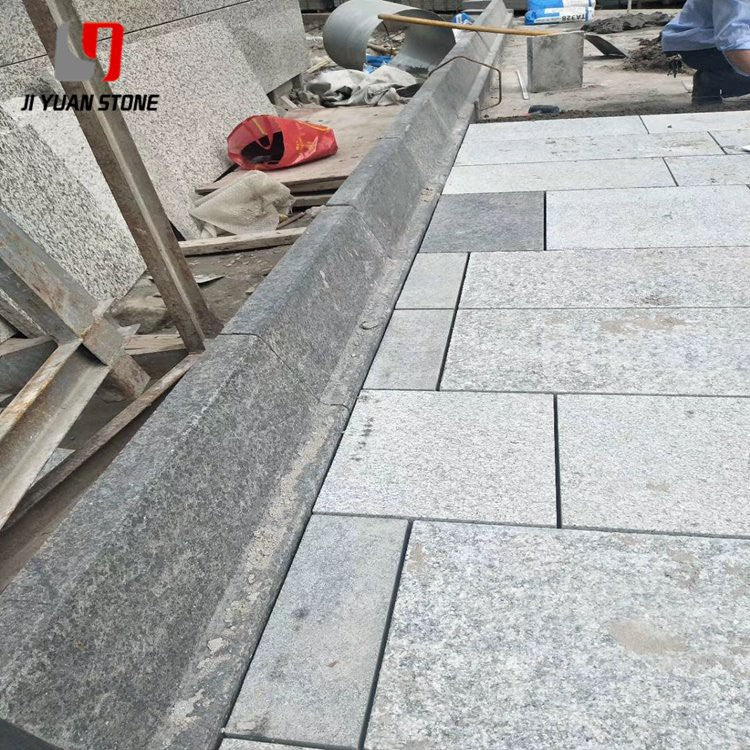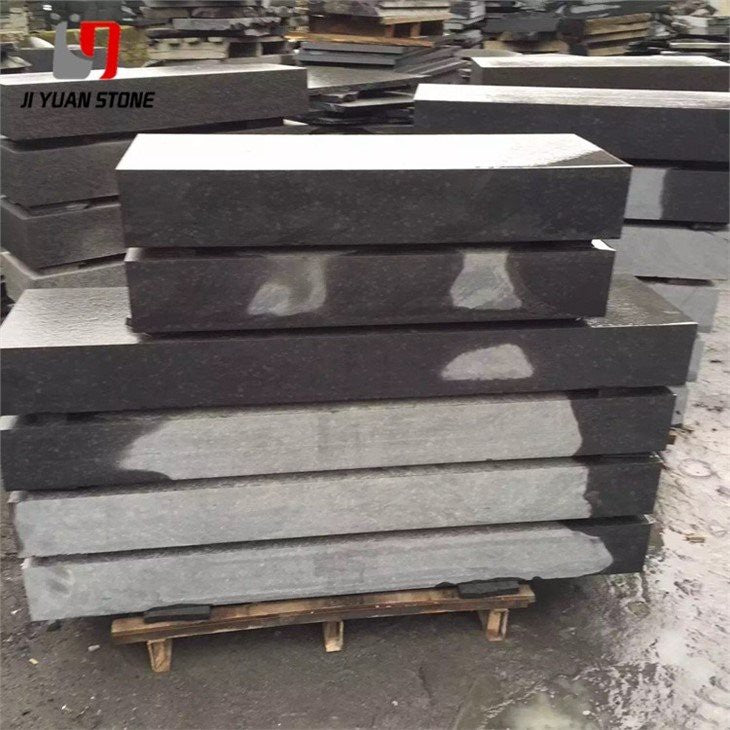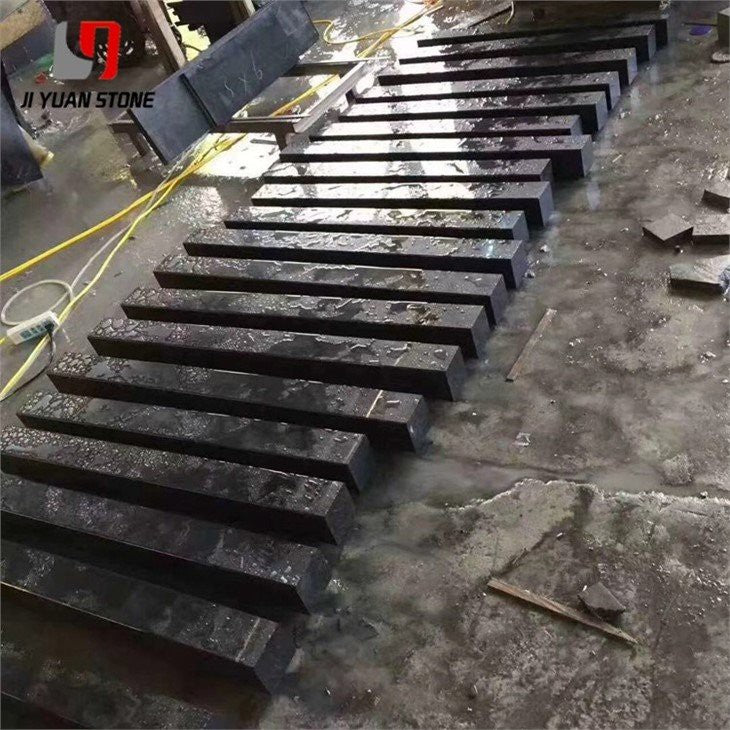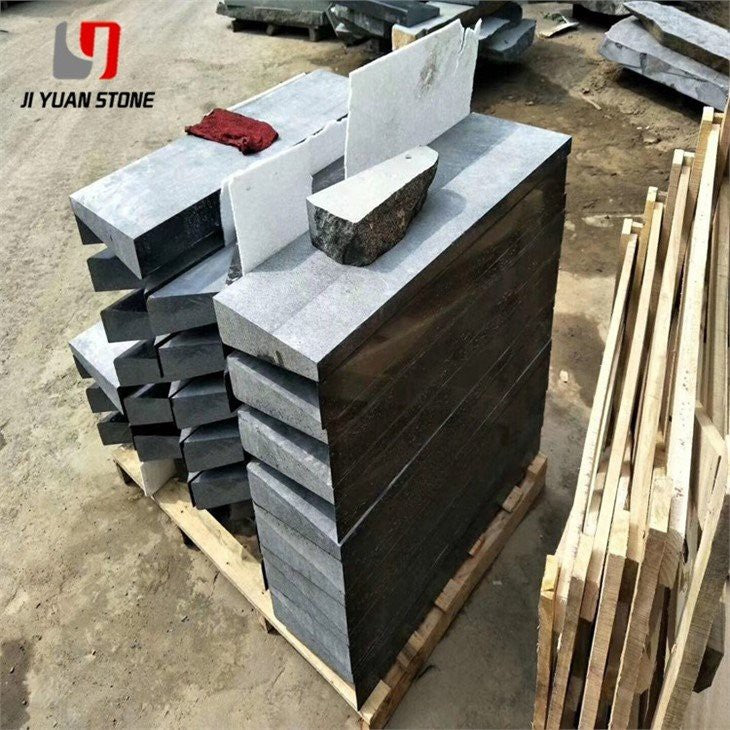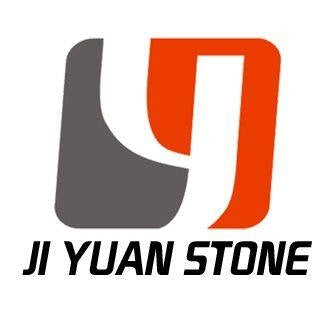Pavement Kerb Stones
Pavement Kerb Stones
Pavement Kerb Stones for Every Landscaping Need
Pavement Kerb Stones are essential for maintaining the integrity of pavement edges and preventing damage. Made from durable materials, these stones provide long-lasting support and protection for walkways and driveways. Experience peace of mind knowing your pavement is well-maintained with our reliable Pavement Kerb Stones.
| Feature | Details |
|---|---|
| Meshed pavings |
1.3X30X2,30X30X3 2.50X50X2,50X50X3,50X50X5 3.100X50X2CM.100X50X3CM 4.74X46X2,74X46X3,74X5CM ( Fan shape) |
| Basalt tile |
|
| Palisade |
|
| Basalt curb/Skirting stone |
|
| Basalt curb stone (Blockstufe) |
|
| Basalt notch stone | 24x10x3cm |
| Basalt cube |
|
| Basalt cube tumbled | 10x10x8cm |
| Basalt cube | 9x9x9cm |
| Brick-Stone (Mauerstein) Granite |
|
| Paving Bluestone |
|
| Drywall stone brick stone |
|
| Round paving |
|
| Palisade |
|
| Brick Stone (Mauerstein) Granit-Gneis |
|
| Wall-Cover Tile Granit-Gneis | 50x30x3cm 100x30x3cm |
| Paving Travertine | 60x40x3cm |
| Travertine "Roman Pattern" | 20.3x20.3cm-2 pcs , 20.3x40.6cm-2 pcs , 40.6x40.6cm-4 pcs , 40.6x61.0cm-2 pcs ,thickness 3cm,(1,48 m² / set) |
Traditionally, natural stones such as granite, sandstone, and limestone were the most commonly used materials for pavement kerb stones. Today, however, these have largely been replaced by precast concrete alternatives. Granite remains the preferred stone due to its unmatched strength and natural beauty, although other stone options like sandstone and limestone can also be used.
Granite pavement kerb stones offer exceptional durability, standing up to heavy traffic, extreme temperatures, and vibrations caused by vehicles and pedestrians. Unlike concrete or other artificial stones, granite maintains its aesthetic appeal and functionality for much longer.
At Purchase Stones, we offer a wide selection of pavement kerb stones in various shapes, sizes, and colors. Whether you're looking to create a beautiful garden edge or install a robust boundary for a driveway, our collection has something to suit your project needs. Our pavement kerbs are made to withstand harsh conditions while adding charm to any landscape.
When installing pavement kerbs, it's essential that the back of the kerb is engraved into the concrete to provide lateral support. The front edge should bear the brunt of pressure, with the rest of the concrete providing necessary reinforcement. Following these installation practices ensures long-lasting performance and stability.
Share
